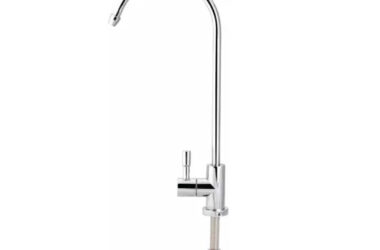Although an entry door mats might not seem like much, it is crucial to maintaining a tidy, secure, and inviting house. It’s the first thing visitors notice when they get there and your home’s first line of defense from water, filth, and debris. With so many different fabrics, sizes, and designs to choose from, it can be challenging to locate the ideal Entrance Mats To assist you select the perfect entryway mat that blends durability, style, and functionality, here is a comprehensive guide.
1. Examine the Mat’s Objective
Consider your needs before purchasing an entry door mat. Is the main purpose to catch dirt? Take in moisture? Or improve the appearance of your foyer?
- To trap dirt, seek out mats with rough fibers like rubber bristles or coir, which is made from natural coconut husk. These work well for scraping dirt and debris off of shoes.
- For water retention: Fabric mats composed of cotton or microfiber work wonders at absorbing moisture and rainfall.
- For aesthetic purposes, pick a mat with eye-catching patterns or motifs that go well with the exterior or interior decor of your house.
You may reduce your options and make sure you receive the best mat for what you need by knowing the primary function.
2. Select the Appropriate Material
Your entrance door mat’s performance and lifespan are determined by its material. These well-liked materials and their advantages are as follows:
- Coir: Coir mats are long-lasting and great for removing muck and grime because they are made of organic coconut fibers. They work best outside, but to prevent them from absorbing too much water, they should be set out beneath a covered porch.
- Rubber: Rubber mats are easy to clean, sturdy, and non-slip. They are ideal for locations with high foot traffic and function effectively in all-weather situations.
- Polypropylene: This artificial substance has mildew and moisture resistance. Mats made of polypropylene are strong, portable, and ideal for both indoor as well as outdoor applications.
- Fabric or microfiber mats: Ideal for inside entrances, these high quality Entrance Floor Mats are supple and absorbent. They help keep floors from becoming slippery by absorbing water.
- Combo Mats: Some mats mix materials to provide the advantages of both scratching and non-slip capabilities, such as a rubber backing with a coir top.
3. Examine the Dimensions and Form
Your entry mat’s size has an impact on both beauty and practicality. A mat that is too big could seem ungainly or block the doorway, while one that is too little won’t collect enough dirt.
Generally speaking, the mat ought to be sufficiently deep for each foot to tread on comfortably and at minimum 80% wider as your entryway. A wider rectangle or runner-style mat would be more appropriate if your doorway is wide or has two doors.
Shapes can also improve the appearance of your entrance; spherical mats can provide a striking impression in modern settings, half-moon shapes bring elegance, and rectangular mats are timeless.
4. Pay Attention to Non-slip Features and Backing
A quality entrance door mat must remain securely in position. In order to keep the mat from slipping, anti-slip materials like PVC or rubber assist it stick to the floor. In houses with smooth floors, where loose mats might create tripping or slipping dangers, this is particularly crucial.
Make sure the mat’s backing is weatherproof and won’t deteriorate in the presence of rain or sunlight if you intend to use it outside. Additionally, mats with raised or perforated backings improve drainage, maintaining a dry and secure surface. Read This
5. Take into Account the Weather and Site
Selecting the ideal mat depends greatly on the climate where you live.
- Choose mats that absorb damp and dry fast, like microfiber or polypropylene types, for locations that are wet or rainy.
- In dry or dusty areas, coir or rubber mats with distinct scraping textures work well for collecting grit and dirt.
- Cold regions: Use mat that can withstand salt and snow, including long-lasting rubber mats with drainage grids that are open.
Additionally, think about whether you’ll be using your mat indoors or outside. Exterior mats should be durable and resistant to weather, whilst indoor mats can prioritize comfort and design.









